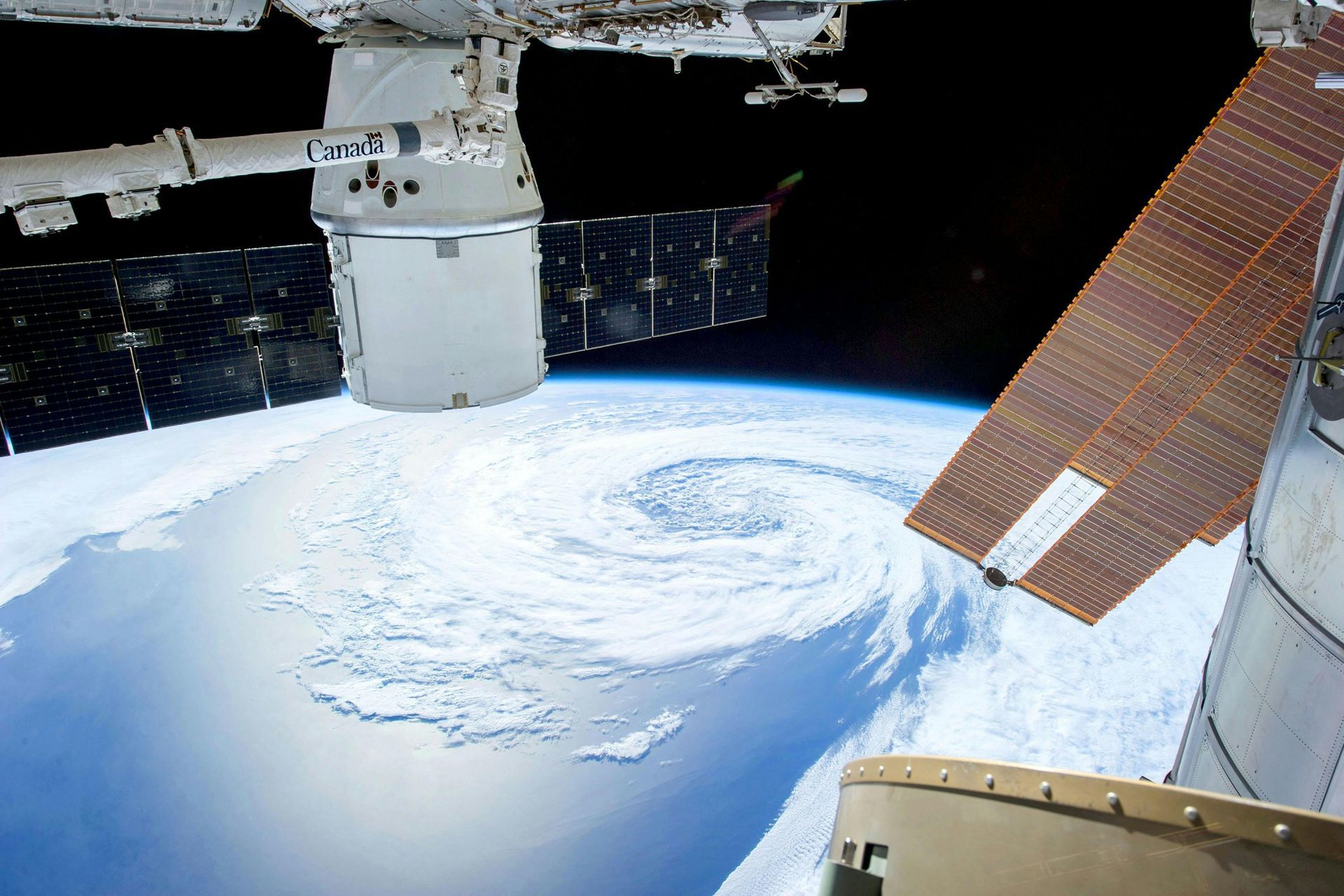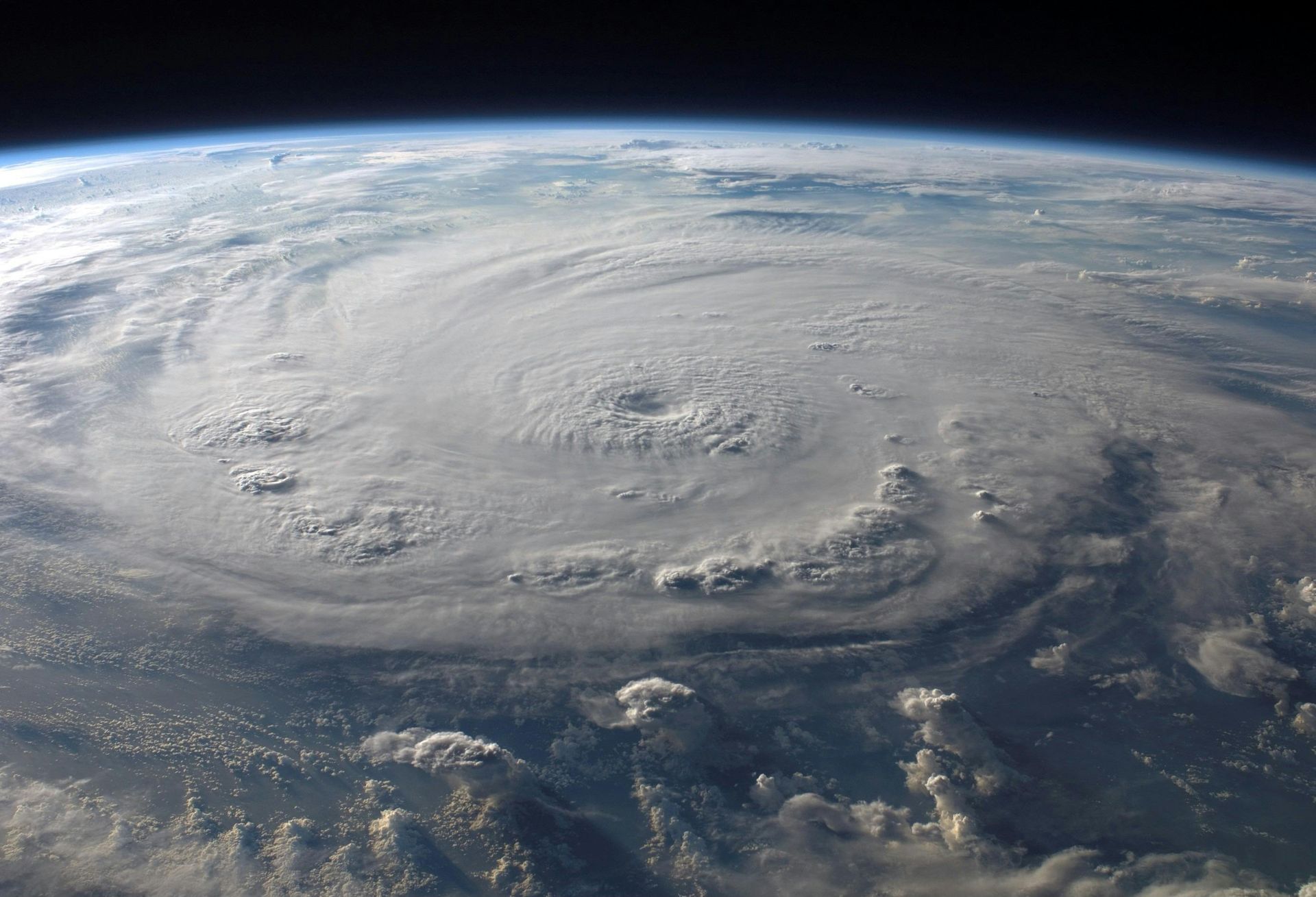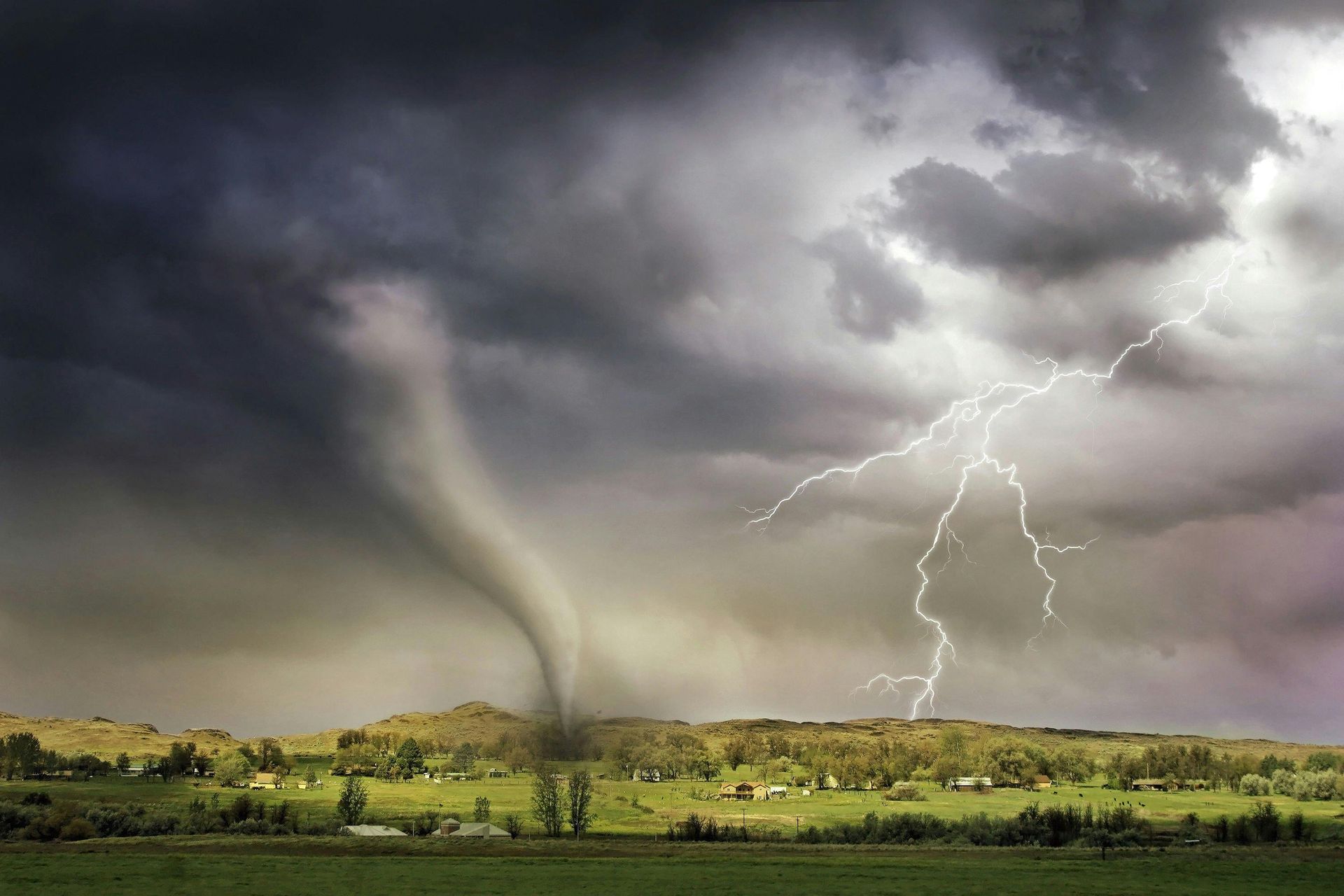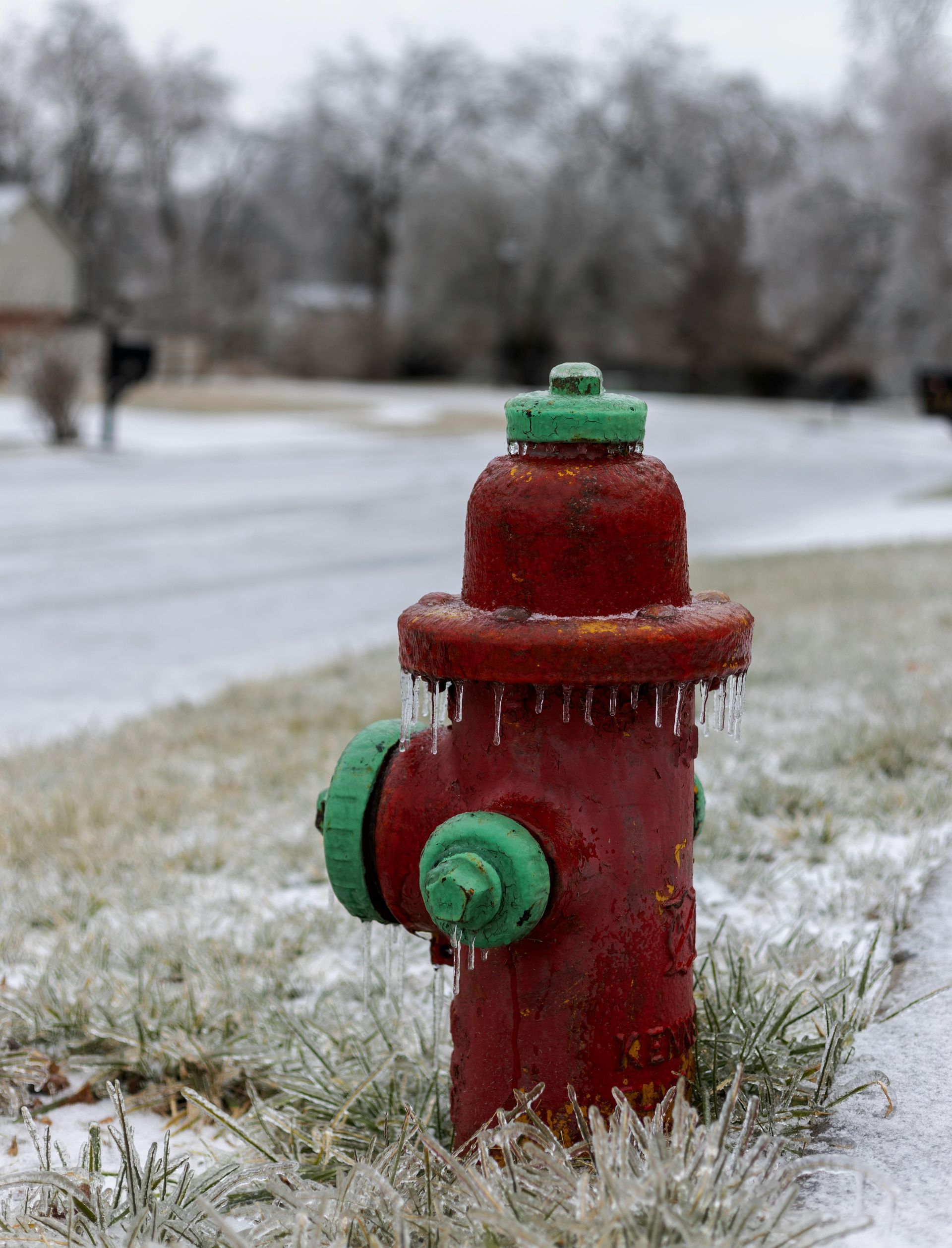How to Handle Water Damage After a Flood
Floods are among the most devastating natural disasters, often leaving homes and businesses submerged in water and facing extensive damage. When the water recedes, it’s easy to feel overwhelmed by the task of restoring your property and belongings. Acting quickly and strategically, however, can make a significant difference in minimizing damage and speeding up recovery.
This guide outlines immediate steps to handle water damage after a flood and provides actionable advice to protect your property, health, and peace of mind.
1. Prioritize Safety First
Before you start assessing the damage, ensure the area is safe. Floodwaters can introduce various hazards, including:
- Electrical Risks: Waterlogged outlets and submerged electrical systems pose electrocution risks. Avoid entering flooded areas until electricity is turned off.
- Structural Integrity: Floodwaters weaken foundations, walls, and floors. Look for signs of structural damage such as sagging ceilings or buckling floors before entering.
- Contaminated Water: Floodwater often contains sewage, chemicals, or debris. Wear protective gear like gloves, boots, and masks to minimize exposure.
If there’s any doubt about the safety of your property, wait for professional inspections before entering.
2. Document the Damage
Accurate documentation is essential for insurance claims and recovery planning. Take the following steps:
- Photograph Everything: Capture images of all affected areas, including walls, floors, furniture, and personal items.
- Video Evidence: A video walkthrough can provide a comprehensive record of the damage.
- Detailed Inventory: Make a list of damaged items, including their approximate value. Note any receipts or proof of purchase for high-value items.
Keep these records organized to expedite your insurance claims process.
3. Contact Your Insurance Company
Reach out to your insurance provider as soon as possible to initiate the claims process. Be prepared to:
- Provide details of the flood and the extent of the damage.
- Share your documentation, including photos and videos.
- Discuss your policy coverage, including deductibles and exclusions.
Many insurance companies will send an adjuster to assess the damage. Cooperate fully and keep a log of all communications with your insurer for reference.
4. Begin Water Removal and Drying
Water removal should start as soon as it’s safe. The longer water remains in your home, the greater the risk of mold growth and structural damage.
Steps for Effective Water Removal:
- Pump Out Standing Water: Use submersible pumps or wet/dry vacuums to remove large volumes of water.
- Remove Soaked Materials: Dispose of waterlogged carpets, insulation, and other porous materials that cannot be salvaged.
- Promote Air Circulation: Use fans, dehumidifiers, and open windows to accelerate drying. Industrial-grade equipment may be necessary for extensive damage.
Be cautious not to pump out water too quickly in basements, as rapid changes in pressure can cause structural issues.
5. Address Mold Growth Promptly
Mold can begin growing within 24-48 hours of flooding, making it a top priority. To mitigate mold risks:
- Clean Surfaces: Scrub non-porous surfaces with a solution of water and bleach (1 cup bleach per gallon of water) to kill mold spores.
- Discard Moldy Items: Remove and safely dispose of porous materials like drywall and fabric that show signs of mold.
- Consult Professionals: For widespread mold infestations, hire licensed mold remediation experts to ensure thorough removal.
Take precautions to avoid inhaling mold spores by wearing masks and gloves during cleanup.
6. Sort and Salvage Belongings
Assess which items can be saved and which must be discarded. Focus on:
- Valuables and Sentimental Items: Items like photos, documents, and heirlooms can often be restored with specialized cleaning and drying techniques.
- Appliances and Electronics: Avoid using water-damaged electronics until inspected by a professional.
- Furniture: Wooden furniture can often be salvaged with proper drying, but upholstered items may need to be discarded due to mold risks.
Store salvageable items in a dry, clean area to prevent further damage.
7. Sanitize and Disinfect
Floodwaters can bring harmful bacteria and contaminants into your home. Comprehensive cleaning is essential to restore a safe living environment:
- Disinfect Surfaces: Use EPA-approved disinfectants to clean walls, floors, and non-porous furniture.
- Sanitize Personal Items: Wash clothing and linens with hot water and detergent.
- Address HVAC Systems: Have your heating, ventilation, and air conditioning systems inspected and cleaned by professionals to prevent contamination.
8. Inspect for Hidden Damage
Floods can cause damage that isn’t immediately visible. Inspect:
- Foundations: Look for cracks or signs of shifting that could compromise structural integrity.
- Electrical Systems: Have an electrician inspect outlets, wiring, and circuit breakers.
- Plumbing: Check for leaks or damaged pipes caused by shifting or pressure from floodwaters.
- Roofing: Inspect for loose shingles or leaks that could exacerbate water damage.
Professional assessments can help identify and address these issues effectively.
9. Plan for Repairs and Restoration
Once the immediate cleanup is complete, focus on repairing and restoring your property. This may involve:
- Hiring Contractors: Choose reputable contractors experienced in flood damage restoration.
- Securing Permits: Check with local authorities about permits required for rebuilding.
- Upgrading Materials: Consider flood-resistant materials like tile flooring and moisture-resistant drywall for future resilience.
Work closely with contractors and insurers to ensure repairs meet safety and building code standards.
10. Prepare for Future Floods
Use this experience as an opportunity to make your home more flood-resilient:
- Install Flood Barriers: Use sandbags, flood gates, or water-resistant coatings to protect vulnerable areas.
- Elevate Utilities: Raise electrical panels, HVAC systems, and appliances above flood levels.
- Improve Drainage: Ensure gutters, downspouts, and landscaping direct water away from your home.
- Review Insurance Coverage: Update your policy to ensure adequate protection for future events.
These proactive measures can reduce the impact of future floods and provide peace of mind.
Disaster South: Your Partner in Flood Recovery
At Disaster South, we understand the challenges of recovering from water damage after a flood. Our team of experts provides comprehensive flood restoration services, from water removal and mold remediation to structural repairs and preventive solutions. We’re committed to restoring your property and helping you reclaim your life.
Don’t face flood recovery alone. Contact Disaster South today to learn how we can support you through every step of the process, ensuring a safe and secure future for your home and family.
Facing water damage after a flood? Reach out to Disaster South now for expert help and swift recovery solutions. Let’s restore your property and peace of mind together!









